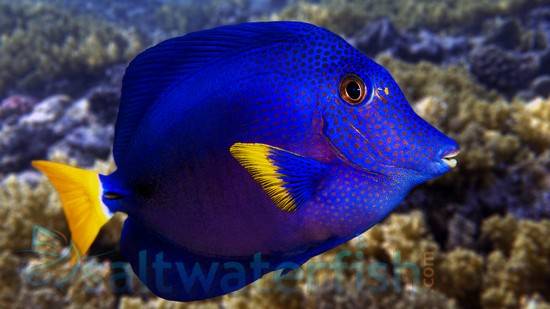The Maculated Ivory Whelk (Babylonia areolata) known to tropical fish keeping enthusiasts as the Spotted Babylon is distributed throughout Indo-West Pacific and Southwest Atlantic waters. Its range extends from Sri Lanka and the Nicobar Islands through the Gulf of Siam, along the Vietnamese and Chinese coasts to Taiwan where it is found in intertidal areas at the mouth of the Baoli River.
The Maculated Ivory Whelk or Spotted Babylon snail (Babylonia areolata) is often erroneously referred to as the Leopard or Tiger Nassarius snail (Babylonia sp.). Both have similar behavior but the Spotted Babylon snail is larger than members of the Nassarius species.
The Maculated Ivory Whelk is found in brackish, muddy sand areas of littoral regions at depths from 16 to 32 feet usually burrowed in the substrate where they scavenge for decaying organics and detritus. Babylonia areolata are a nocturnal species that consume about as much food as a dozen Nassarius vibex.
The Spotted Babylon Snail has a slender buccinoid shell with three broadly separated rows of dark brown spots over a white to yellowish cream colored shell. The color of the live animal is yellow.
Babylonia areolata is an edible snail that is a commercially aquacultured and is an important species to tropical fish keeping enthusiasts as well as the cuisine of Vietnam, Thailand, and China among others.
The Maculated Ivory Whelk is best housed in a well established FOWLR or reef tank with a thick sandy substrate for them to bury themselves in. They thrive in aquariums of any size that house large, messy eating species that require supplemental feedings of meaty foods and leave enough scraps for the snail to eat.
Babylonia areolata bury themselves in the sand until they sense food. Once they sense food, they quickly uncover themselves to consume any available food in the tank and then rebury until they sense the next meal.
Being nocturnal animals they are normally visible later in the day or in the evening after the lights are turned off on the display.
Although Maculated Ivory Welk are reported to prey on other snails and bivalves such as small clams, they are generally considered a beneficial species that help clean and aerate the sandy substrate in the tank and scavenge for uneaten food and decaying organics. It is best to avoid this snail if housing Tridacna spp clams in a reef aquarium.
Babylonia areolata is a non-broadcast spawner that is widely aquacultured as a food source. Their life cycle does not include a free-swimming (trocophore) larval stage found in many marine annelids and mollusks.
All Babylon Snails are scavenging omnivores that will consume uneaten food, decaying organics, and detritus. In an aquarium environment, they will eat a variety of fresh and frozen high quality meaty foods like fresh fish, shrimp, or krill in addition to what they feed on from the substrate in the tank.
The Maculated Ivory Whelk (Babylonia areolata) is imported from the Indo Pacific and is available to tropical fish keeping enthusiasts from a variety of online retailers at an approximate purchase size: 1″ to 2” and prices from $17.99 to $ 24.99.
Minimum Tank Size: 10 gallons
Aquarium Type: Established Reef or FOWLR
Care Level: Easy
Temperament: Peaceful
Aquarium Hardiness: Hardy
Water Conditions: 72-78° F, dKH 8-12, pH 8.1-8.4, sg 1.023-1.025
Max. Size: 3″
Color Form: White, Brown, Yellow
Diet: Omnivore/detritivore
Compatibility: Reef Compatible
Origin: Indo-West Pacific
Family: Babyloniidae
Lifespan: 1 – 4 years
Aquarist Experience Level: Intermediate






